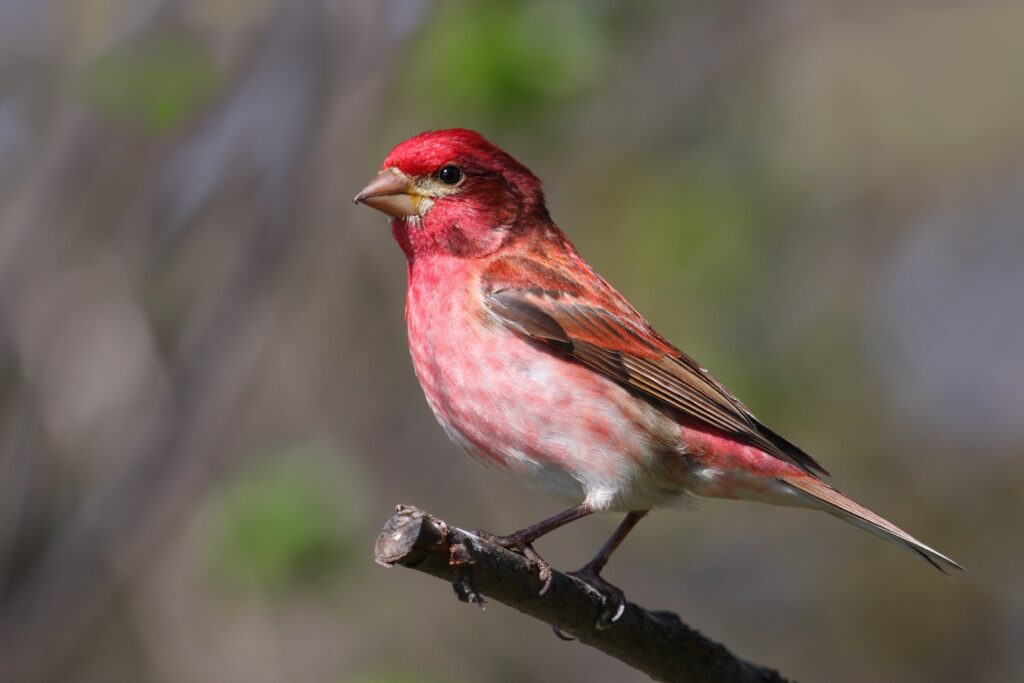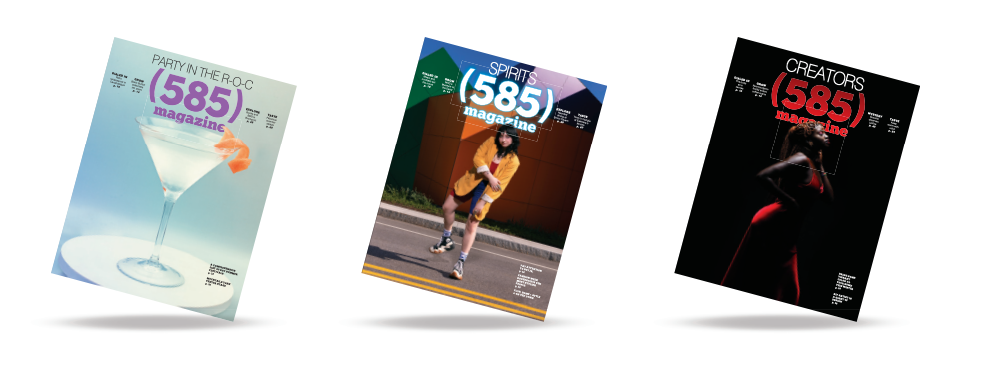
Migration season is always an exciting time in the spring, but there is also a lot of bird movement that happens in the fall and winter. In the fall, there are large movements of birds going south to their wintering grounds. Winter can be equally exciting, especially when there is an irruption year. An irruption is when an unusually high number of birds come into an area where they aren’t normally found. This winter, it is predicted that we will have an irruption of winter finches coming to the upstate New York area from Canada.
Finch irruption years usually occur when there is limited food availability in their usual range. The boreal forest in Quebec to Manitoba had a poor crop this year, which means there could be a mass of finches coming further south this winter than usual.
There are several species of birds that are grouped into the winter finches. Redpolls, Evening Grosbeak, Pine Grosbeak, Purple Finch, Pine Siskins, and Crossbills are the most common. Some of these birds may show up at backyard feeders, especially when given the right type of seed and feeder. Others may flock to pine trees to forage for pinecone seeds.
The best thing you can do to attract a wide variety of birds to your yard this winter, including some of the winter finches, is provide black oil sunflower seed. Black oil sunflower will attract the widest variety of birds compared to any other seed. Evening Grosbeak, Pine Grosbeak, and Purple Finches will all eat black oil sunflower. The Evening Grosbeak is similar in size and bill structure to Cardinals, but they are slightly smaller, yellow, and lack the crest the Cardinal is known for. The Pine Grosbeak is a large finch that will definitely stick out if you have them visiting your feeders. The males have a beautiful red on their head which fades to gray down the body. Purple Finches look very similar to House Finches, but the males have more of a raspberry color. Providing black oil sunflower in a platform or hopper feeder will give large and small finches a place to perch. Cardinals, Chickadees, Blue Jays, Titmice, and Woodpeckers will all readily come to a feeder offering black oil sunflower as well.
Also make sure to keep your nyjer feeders out in the winter. Goldfinches will eat from these all year long, but they look different in the winter. Goldfinches molt their feathers in the fall and will be a dull yellowish-brown this time of year until the spring. When they are in the area, Redpoll and Pine Siskin will visit nyjer feeders too. Redpolls are smaller than a Goldfinch and have a raspberry red dot on the top of their head. Pine Siskins are similar in color this time of year to the Goldfinch, but they have more streaks on their breast and a sharper beak.
Some of the irruptive finch species like Crossbills aren’t usually found at feeders, but you still might find them in your yard. Keep an eye on any pine trees for these birds with a crisscrossed beak. Their bills are unique and are specially adapted to get the seeds out of pinecones.
There are other species of birds that aren’t irruptive but return reliably each year to our area to spend the winter months. Dark-eyed Junco and Red-breasted Nuthatch are great examples of backyard birds that flock “south” here for the winter. There are also ducks, hawks, owls, and plenty of other birds that do the same to keep your winter months full of birds to watch!
Liz Magnanti is co-owner of the Bird House in Brighton, NY.
This article originally appeared in the November/December 2025 issue of Upstate Gardeners’ Journal.
Views: 6




